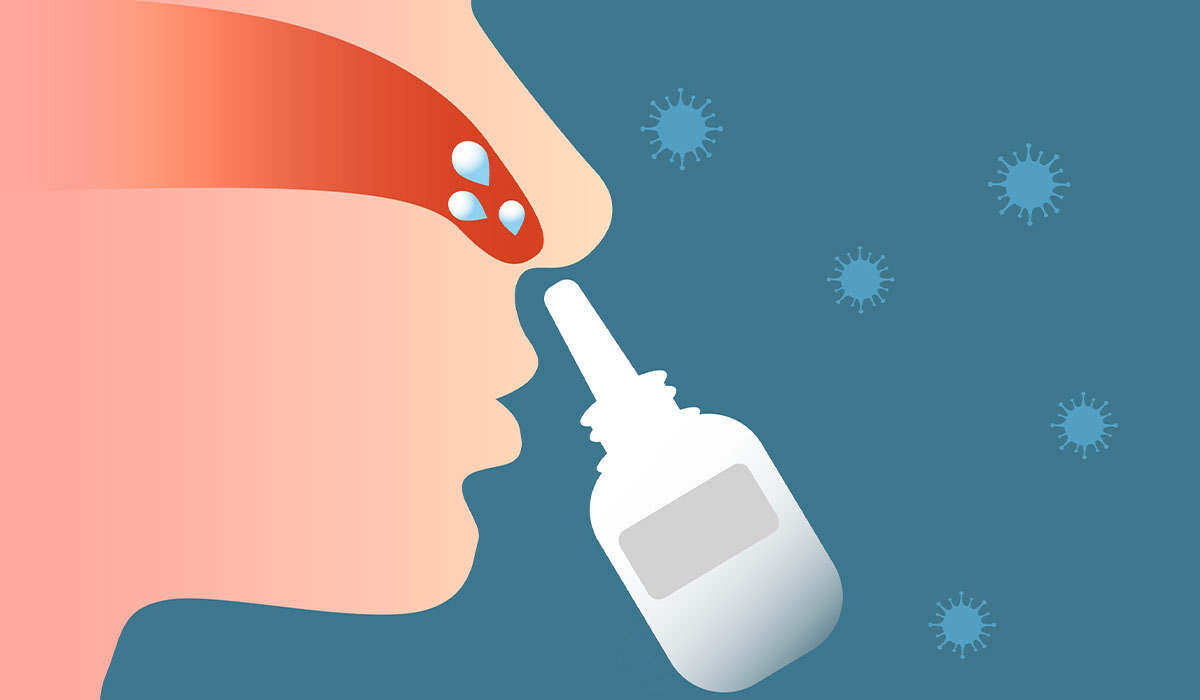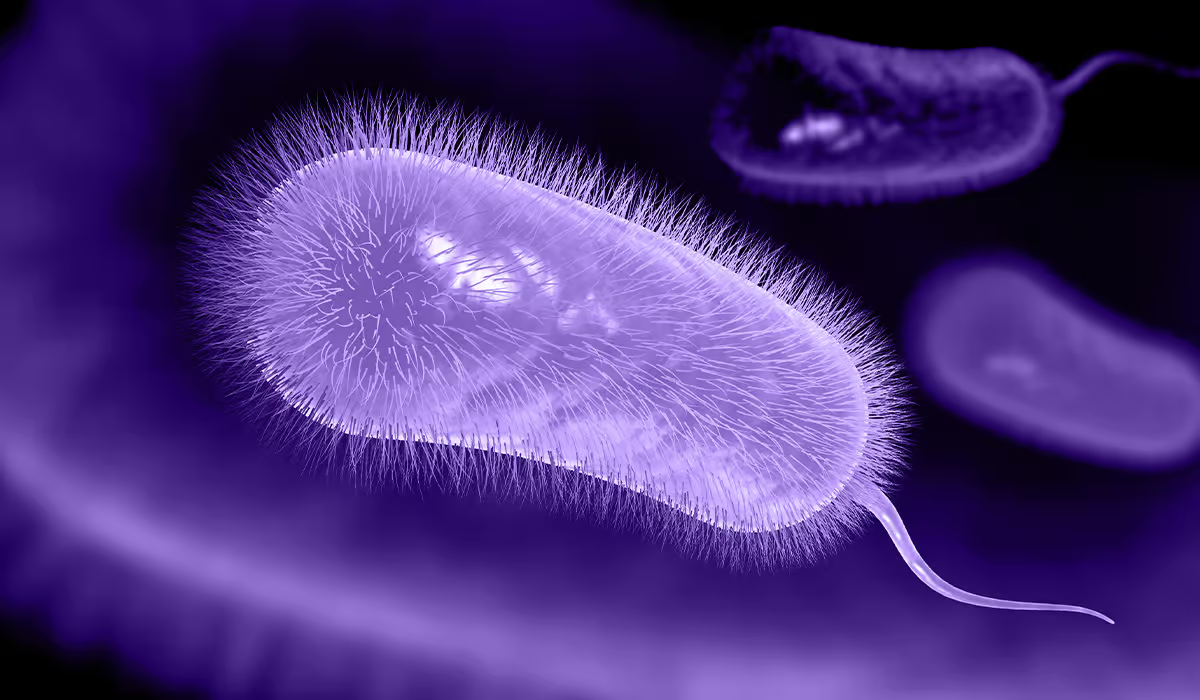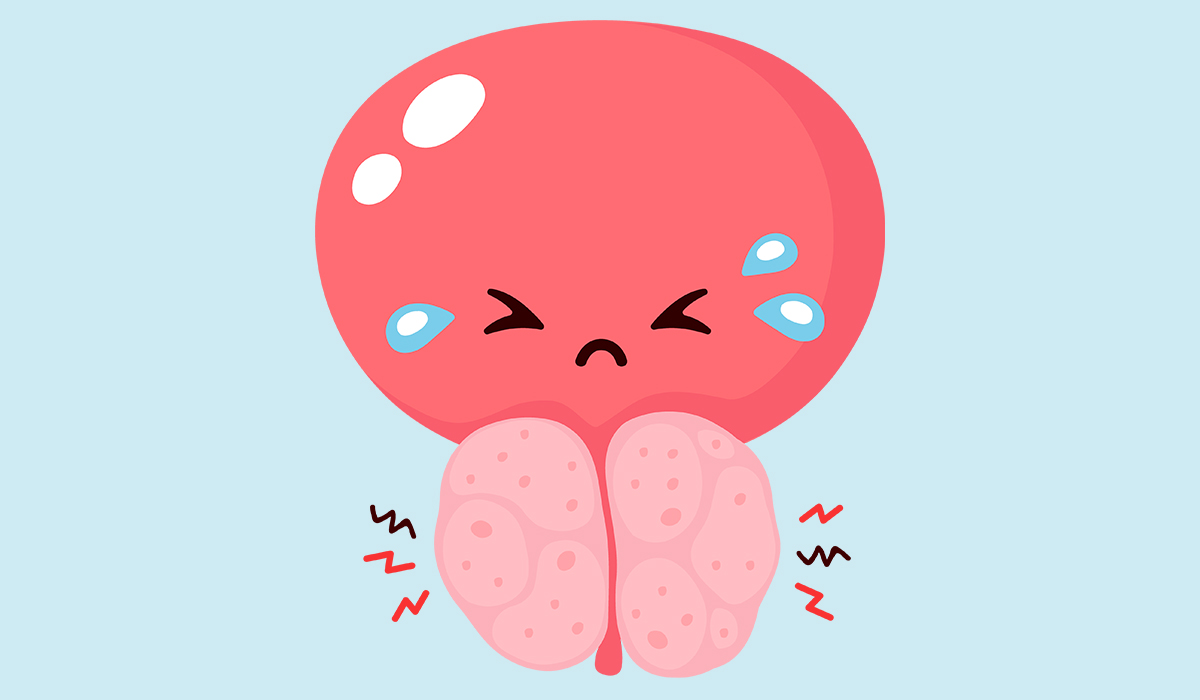An erection refers to the process where the penis becomes stiffened and enlarged due to increased blood flow and reduced blood outflow from the organ. While typically associated with male anatomy, the term can also be applied to the enlargement of the clitoris or nipples in women.
Structure Of The Penis
The penis consists of a corpus spongiosum and two corpora cavernosa, all encased in a connective tissue sheath that forms its body. It is anchored to the pelvis through connective tissues and muscles. The glans, which is the tip of the penis, extends from the corpus spongiosum and, in uncircumcised men, is protected by the foreskin.
Blood is supplied to the corpora cavernosa through a system of arteries that branch into smaller vessels, ultimately draining into the dorsal vein of the penis. The rigidity of the penis is mainly dependent on how much blood fills the sinuses of the corpora cavernosa.
How Does An Erection Occur?
Erections can be classified based on their mechanisms:
- Psychogenic, in response to auditory, visual, or lfactory stimuli or generated in the sphere of imagination
- Reflex, when it occurs as a result of stimulation of the penis and surrounding tissues
- Nocturnal, healthy men experience this regularly; typically, at least three erections occur during the night, lasting a total of about 100 minutes
Phases Of An Erection
The process of achieving an erection involves multiple stages:
- Resting phase – a balance exists between blood inflow and outflow from the penis.
- Swelling phase – the sinuses of the corpora cavernosa relax, and the arterioles that supply blood dilate. This swelling compresses the veins that drain blood, creating a situation where the inflow of blood exceeds the outflow, leading to gradual penile enlargement.
- Stiffening phase: At this point, the blood volume stabilizes, resulting in the corpora cavernosa reaching a volume approximately 10-20 times greater than during the resting phase.
- Flaccid phase – here, blood outflow surpasses inflow.
To simplify, the mechanism of erection can be outlined as follows: a stimulating factor triggers an erection. Then, a nerve impulse is transmitted from the brain to the spinal cord, and the sexual center in the pelvic region is activated. Then a nerve impulse influences the blood vessels of the penis, so the dilation occurs in the vessels supplying blood to the corpora cavernosa. It causes that the blood flow increases, causing the penis to swell. The veins are compressed against the tunica albuginea, reducing blood outflow, and erection is achieved.
The biochemical agents responsible for relaxing the blood vessels in the penis are regulated by the enzyme phosphodiesterase 5 (PDE-5).
In summary, an erection is a complex interplay of psychological and physical mechanisms, involving numerous factors and biochemical processes that work together to control blood flow to the corpora cavernosa effectively.
Causes
Erectile dysfunction can be categorized into three main types based on its underlying causes.
Organic disorders related to:
- Improper function of nerves, vessels, and hormonal system
- Incorrect anatomical structure
- Injuries
- Treatment of other diseases
- Psychogenic disorders – concerning problems in interpersonal relationships, resulting from occupational stress or marital problems. They very often affect young men under the age of 35
- Organic-psychogenic disorders
- Differentiation origin of erectile dysfunction
- History of the disorder
There may also be psychological causes.
Moreover, there are organic causes that include:
- Onset sudden gradual
- Occurrence situational constant
- Libido usually decreased slightly decreased
- Ejaculation smaller preserved or absent
To sum up, the causes of erectile dysfunction include:
- Congenital defects
- Endocrine disorders, e.g., hypothyroidism, hyperthyroidism, and especially diabetes, because it leads to damage to vessels, especially small ones, which include the vessels of the penis; diabetes is also responsible for damage to the nerves directly responsible for controlling erection
- Neurological disorders (e.g,. Alzheimer’s disease, multiple sclerosis, and stroke)
- Vascular diseases – vessels produce many factors involved in the erection process; their damage, e.g. in the course of atherosclerosis, impairs this function
- Heart disease
- Kidney disease – more than half of men with chronic renal failure suffer from erectile dysfunction
- Liver disease
- Breathing disorders – e.,g. sleep apnea
- Smoking – an often underestimated risk factor; smoking disrupts the function of the small and delicate vessels of the penis and also contributes to the development of heart disease and atherosclerosis
- Alcohol
- Unhealthy lifestyle
- Obesity
- Medicines taken, including antihypertensive, antipsychotic, and antidepressant, but also hormones such as antiandrogens, estrogens, and the so-called LHRH analogs used in the treatment of prostate cancer
- Drugs – heroin, cocaine, hashish, LSD, and marijuana
- Injuries (testicles, urethra, penis, spinal cord, brain, and pelvic fracture)
- Post-operative condition in the pelvic area (e.g., prostate surgery, rectal, or sigmoidectomy)
- Peyronie’s disease – involves the formation of fibrosis in the sheaths of the penis, which leads to deformation of the penis, obstruction of blood flow to the corpora cavernosa, and pain during erection
- Low self-esteem
- Toxic upbringing
- Conditions in which arousal occurs
- Mental state – schizophrenia, anxiety disorders, and especially depression very often appear with erectile dysfunction
- Older age – the most at risk of erectile dysfunction are smoking men treated for hypertension and men with type II diabetes
How Do Erectile Dysfunctions Manifest?
Erectile dysfunction is increasingly regarded not as a standalone condition but rather as a symptom indicative of underlying health issues, particularly those related to the cardiovascular system, since many of the associated risk factors overlap.
The symptoms may develop gradually, often leading to suspicions about organic causes, such as damage to blood vessels from hypertension or high cholesterol. Alternatively, ED can emerge suddenly in individuals who have previously experienced normal sexual function; in such cases, psychological factors might be at play, like stress from a new relationship, acute pressures from other life situations, or effects of alcohol consumption.

What Should You Do If You Experience These Symptoms?
Suppose ED appears once or repeatedly under circumstances that can be easily understood, such as after drinking alcohol. In that case, immediate action may not be necessary – especially if removing the cause alleviates the symptoms. However, recurring or persistent erectile dysfunction, increasing over time, requires a medical consultation to make a proper diagnosis. This doctor may be a sexologist, urologist, psychiatrist, or internist.
Diagnosis
It’s crucial to remember that erectile dysfunction is not a standalone condition; it often signals an underlying issue that needs to be identified. Some research suggests that in around 80% of cases, the root cause is linked to organic factors, typically involving the circulatory system, while about 20% relate to psychological factors. Psychological issues often arise as secondary reactions to the primary problem and can affect many men, regardless of the underlying cause.
The diagnosis is made by the doctor based on the following tests to identify the causes of erectile dysfunction:
- A detailed interview with the patient and their partner
- A study using questionnaire methods and scales
- Biochemical and hormonal tests performed on blood samples
- A urological examination, sometimes also a neurological and internal medicine examination
- Instrumental methods (ultrasound of the vessels of the penis, devices for measuring nocturnal erections)
The Interview
The interview must take into account the previously mentioned factors that are potential causes or increase the risk of the occurrence of disorders, as well as the presence of nocturnal and morning erections of the penis – their presence suggests the involvement of psychogenic factors.
The most commonly used questionnaires and scales are:
- Questionnaire for the assessment of a man’s sexual life (IIEF-5)
- Penis hardness scale
Tests
Biochemical and hormonal tests include (the choice will depend on the doctor depending on the interview data, the presence of other symptoms, and previous results):
- Blood count
- Sugar and lipid levels (lipid profile)
- Liver function tests
- Ionogram, urea, and creatinine
- Thyroid hormone levels (TSH, fT3, and fT4)
- Total and free testosterone levels
- SHGB (steroid hormone binding globulin)
- LH
- FSH
- PRL (prolactin)
- Prostate-specific antigen (PSA)
Medical tests may include:
- Blood pressure measurement
- Rectal examination (through the anus)
- Palpation of the penis and testicles
- Ultrasound of the vessels of the penis, testicles, and pelvis
- Test of nervous reflexes
- General examination (auscultation, palpation)
Treatment
The methods outlined have been explored in greater detail in the sections dedicated to pharmacological and psychological treatments for sexual disorders.
Pharmacological Treatment
When it comes to pharmacological approaches, a doctor may recommend several options. Oral pharmacological treatments include:
- Selective and reversible phosphodiesterase type 5 (PDE 5) inhibitors
- Other oral medications may be selected based on an assessment of the underlying mechanisms of the disorder
- Pharmacological treatment may also be in the form of injections into the corpora cavernosa of the penis (injections)

Surgery
Surgical options may involve:
- Penile prosthesis implantation
- Restoration of blood flow by unblocking the vessels in the penis
Physiotherapy includes pelvic floor muscle exercises aimed at strengthening the area.
Psychological Treatment
Psychological methods encompass sex education and sexual counseling. Moreover, there are behavioral and training techniques that focus on the following
- Enhancing sensory experiences
- Developing sexual skills
- Improving communication
- Systematic desensitization
- Other related strategies
Individual psychotherapy can have various objectives, influenced by different therapeutic approaches and tailored interventions, including psychosexual therapy. Couple therapy often involves:
- Partner or marital psychotherapy
- Specialized sex therapy sessions
Is Complete Recovery Possible?
The likelihood of achieving complete recovery largely hinges on the condition’s underlying cause. Oral medications for erectile dysfunction have a high success rate; however, their effectiveness may diminish in patients with severe vascular damage, advanced diabetes, penile tissue damage, or testicular hypofunction affecting testosterone levels. The cause may also be improper administration of oral medications. Similarly, good results are achieved after using injections into the corpora cavernosa of the penis or vacuum devices.
These methods may be effective and indicated in some patients who do not respond to oral medications or cannot use them. Psychotherapeutic and training methods show good effectiveness in cases where the problem appeared at a certain point in sexual functioning (for example, it does not concern the whole life), the partners have a good bond, and there is mutual desire and good general health. It is often appropriate to combine pharmacological and psychotherapeutic methods.
What Steps Should Be Taken After Treatment Concludes?
Once the primary treatment has concluded and symptoms have improved, a healthcare professional should determine the next phase of care – whether it involves ongoing medication or psychotherapy. Patients are encouraged to adopt preventive measures, as detailed below. If the root cause of the dysfunction – whether psychological or health-related – is not addressed, there’s a risk that the issue may resurface. In some cases, such as irreversible vascular or nerve damage from surgery, severe atherosclerosis, or advanced diabetes, removing the cause may not be feasible.
Prevention
Erectile dysfunction is not a standalone condition; instead, it often serves as a symptom of other underlying health issues. Therefore, prevention should focus on reducing the risk of common diseases that can lead to erectile dysfunction and addressing lifestyle factors that we can control. The way of eating will be important, preferably using the so-called Mediterranean diet, with many vegetables, cereal products, fish, and little animal fats and red meat.
Regular, preferably daily exercise in the fresh air, giving up drinking excessive amounts of alcohol, completely eliminating smoking, and not using drugs and unnecessary pharmacological agents not prescribed by a doctor should be recommended. It is important to acquire skills to solve everyday problems more effectively, to relax and combat stress, to take care of rational time planning, take into account the appropriate amount of time for rest and sleep, to take care of the culture (improving communication skills, enhancing and diversifying the art of love) of intimate relationships.
Periodic health checks will also be important, considering, above all, frequently occurring problems: blood pressure control, blood glucose (sugar) concentration control, and cholesterol concentration determination (so-called lipid profile).
Sources
- Penis Erection. ScienceDirect.
https://www.sciencedirect.com/topics/immunology-and-microbiology/penis-erection - Anatomy, Abdomen and Pelvis, Penis. NIH.
https://www.ncbi.nlm.nih.gov/books/NBK482236/ - Definition & Facts for Erectile Dysfunction. NIH.
https://www.niddk.nih.gov/health-information/urologic-diseases/erectile-dysfunction/definition-facts - Symptoms & Causes of Erectile Dysfunction. NIH.
https://www.niddk.nih.gov/health-information/urologic-diseases/erectile-dysfunction/symptoms-causes - Diagnosis of Erectile Dysfunction. NIH.
https://www.niddk.nih.gov/health-information/urologic-diseases/erectile-dysfunction/diagnosis - Treatment for Erectile Dysfunction. NIH.
https://www.niddk.nih.gov/health-information/urologic-diseases/erectile-dysfunction/treatment - Preventing Erectile Dysfunction. NIH.
https://www.niddk.nih.gov/health-information/urologic-diseases/erectile-dysfunction/prevention
